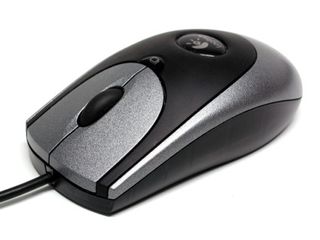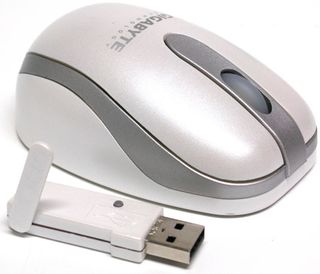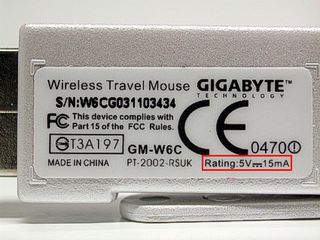Squeezing More Life Out of Your Notebook's Battery Part II
We were surprised by the many disparate sources of a notebook's battery drain. The complex interplay between software, components and peripherals during the tests we ran provided the basis for a checklist of what to do and what not to do to get the most out of any notebook's battery charge.
Working With An Optical Mouse

A wired optical USB mouse
Many typical notebook users find the built-in touchpads included with most notebooks less than useful. That explains why so many of them prefer to use a classical mouse as their pointing device instead. These days, most of them hook up through a USB port.
A typical wired mouse has a power consumption rating of about 0.5 watts (5 V/100 mA). One hundred milliamperes is the maximum additional current that a mouse can draw, according to the USB 2.0 specification.

Sans bothersome cable: a wireless mouse with Bluetooth receiver.
Compared to its wired alternative, a wireless mouse offer more room to move and improved comfort. Its power needs are normally handled by two separate batteries. Nevertheless, this type of pointing device weighs about the same as the wired variety. Its tiny receiver, which handles data communications for mouse coordinates and clicks to the notebook, simply plugs into a USB port. Because our measurements show that these receivers typically consume about 0.067 watts, the resulting energy consumption should make no appreciable difference in measurable battery life.

Miniscule power consumption: The small receiver for a wireless mouse draws a maximum of 0.075W.
For our testing, we had to make sure that the mouse was really always in motion and that the USB interface didn't switch into standby mode. This required the use of some special equipment, to simulate constant mouse motion.
Sign up to get the BEST of Tom's Guide direct to your inbox.
Get instant access to breaking news, the hottest reviews, great deals and helpful tips.
